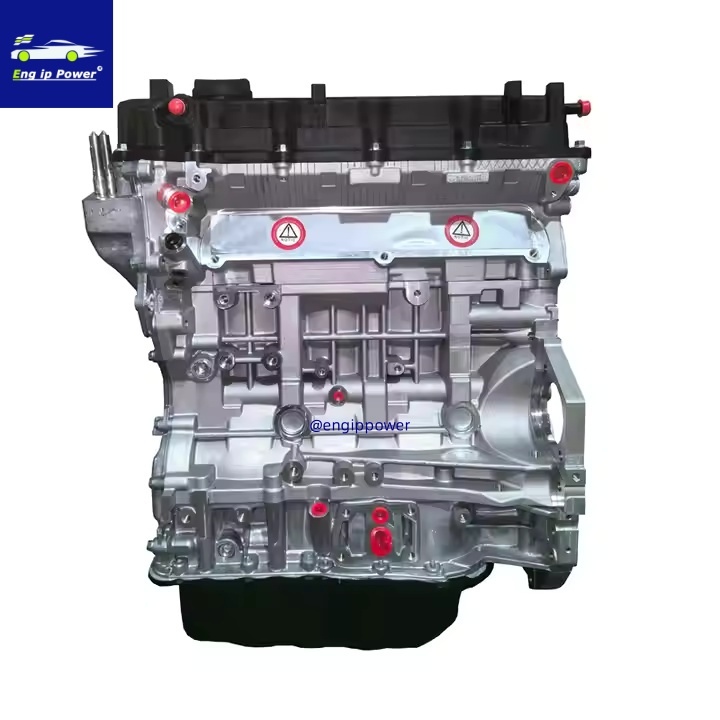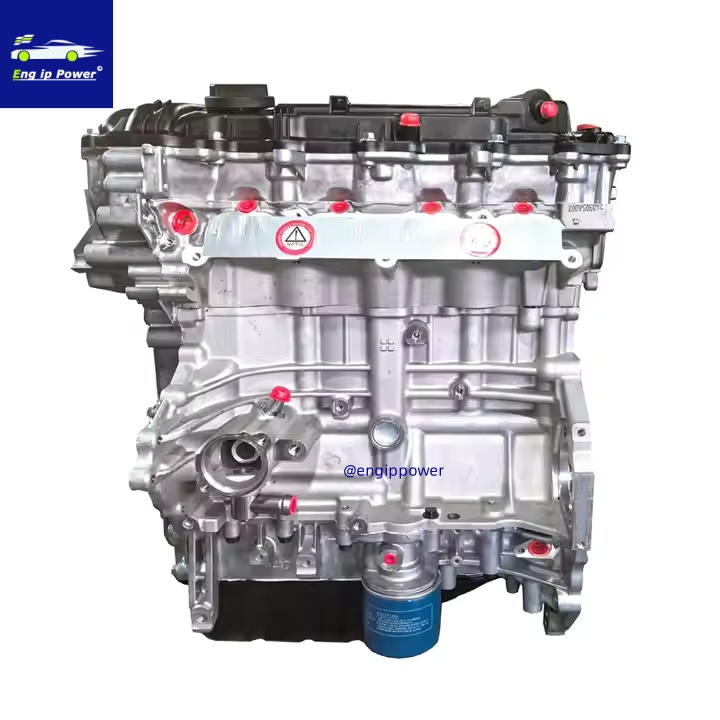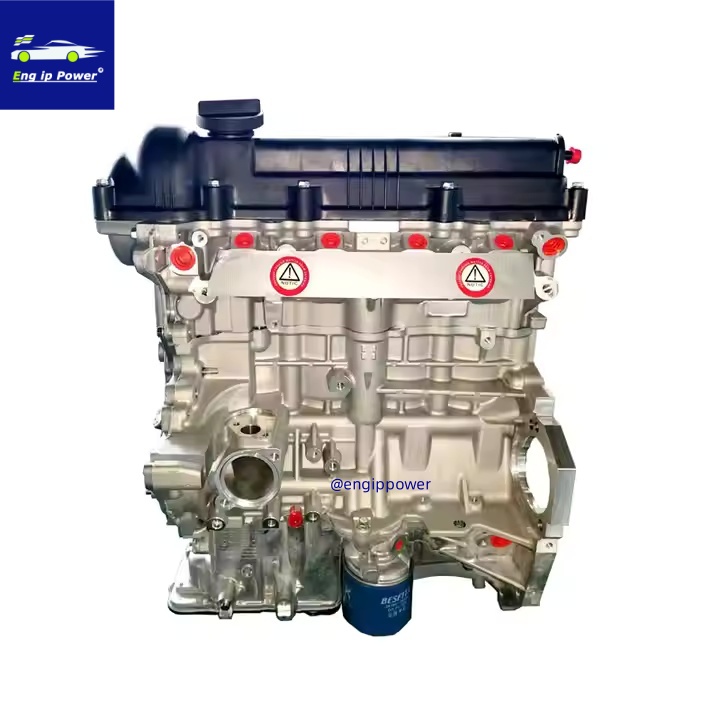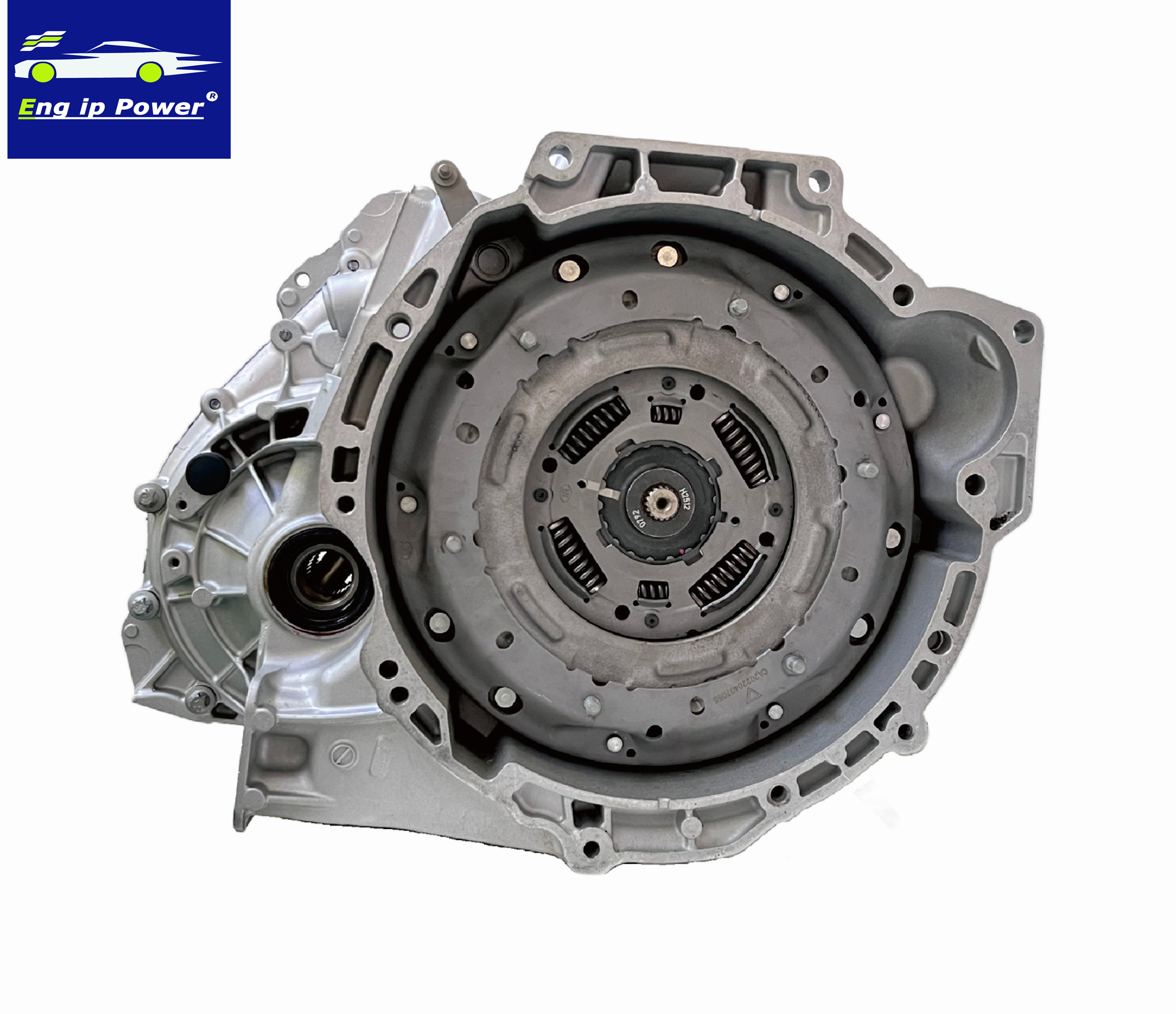Automobile Transmission JF010 3.5 Frequently Asked Questions
Valve body related issues
Solenoid valve regulating valve failure: The oil supply path of the solenoid valve in the valve body is prone to leakage due to wear, resulting in insufficient oil supply to the solenoid valve, affecting the regulation of the oil pressure, causing tremors or abnormal noises during acceleration, no change in the transmission ratio, chain slippage, and increased wear of the chain and pulley.
Main pressure regulating valve failure: As the mileage increases, the main pressure regulating valve hole will be worn by the valve, reducing the main pressure regulating valve's ability to regulate the main oil pressure. Too high main oil pressure will cause the pulley to crack, and too low will cause the forward gear or reverse gear to slip, and tremble during acceleration.
Secondary pressure regulating valve failure: The secondary pressure regulating valve hole will be gradually worn by the valve, causing the pressure on the secondary pulley to be too high or too low. Too high pressure will cause the secondary pulley to crack, and too low pressure will cause the transmission chain to slip, causing engine speed fluctuations and tremors during acceleration.
Secondary pulley control valve failure: The secondary pulley control valve hole is easily worn by the valve, resulting in insufficient pressure on the secondary pulley, causing the transmission chain to slip, tremble, wear on the pulley surface, and metal contaminants. It will also cause the pulley diameter to no longer change, resulting in the inability to change the transmission ratio as required.
TCC pressure limiting and lubrication valve failure: When the mileage is high, the slide valve of the TCC pressure limiting and lubrication valve hole often wears the valve hole, causing the slide valve to enter the locked or semi-locked position early, causing problems such as engine shaking or flameout when entering the gear, and failing to lock the torque converter when it needs to be locked, causing fault codes, poor acceleration performance, etc.
Locking control valve failure: The inner wall of the valve sleeve is easily worn by the internal slide valve, causing leakage of the locking oil circuit, reducing or completely losing the locking oil pressure, destroying the timing of the engagement and release of the locking clutch, affecting the locking quality, and causing impact when entering the forward gear, impact when the vehicle is sliding, and the locking clutch cannot be locked when driving at high speed, causing the engine speed to exceed the normal value. Oil pump related problems
Due to the large displacement of the engine, the oil pump is prone to insufficient output pressure, resulting in insufficient pressure on the drive chain to drive the pulley, chain slippage, delay in entering the forward gear and reverse gear, and other problems. The problem in the oil pump is often on the oil pump flow control valve. This control valve and the matching hole are easily worn, resulting in oil pump pressure leakage.
Other problems
Speed sensor failure: The speed sensor is prone to problems. The failure is manifested as only being able to run at a speed of about 20 kilometers per hour at more than 2,000 revolutions, and it cannot be refueled. This is the protection program that has taken effect.
High oil temperature: In addition to the two thermostats of the engine itself, there is also a thermostat in the middle of the cooling water pipe from the gearbox to the engine. In special cases, the thermostat of the engine lower water pipe can be removed.
Steel belt wear: Once the secondary pressure drop fault code appears, the clamping force of the steel belt is insufficient at this time. If you continue to drive, the steel belt will wear more.
Shift fork wear: Once the shift fork is found to be worn, the shift fork and the valve body must be replaced together, otherwise the fork will wear again after running for a period of time.
Solenoid valve regulating valve failure: The oil supply path of the solenoid valve in the valve body is prone to leakage due to wear, resulting in insufficient oil supply to the solenoid valve, affecting the regulation of the oil pressure, causing tremors or abnormal noises during acceleration, no change in the transmission ratio, chain slippage, and increased wear of the chain and pulley.
Main pressure regulating valve failure: As the mileage increases, the main pressure regulating valve hole will be worn by the valve, reducing the main pressure regulating valve's ability to regulate the main oil pressure. Too high main oil pressure will cause the pulley to crack, and too low will cause the forward gear or reverse gear to slip, and tremble during acceleration.
Secondary pressure regulating valve failure: The secondary pressure regulating valve hole will be gradually worn by the valve, causing the pressure on the secondary pulley to be too high or too low. Too high pressure will cause the secondary pulley to crack, and too low pressure will cause the transmission chain to slip, causing engine speed fluctuations and tremors during acceleration.
Secondary pulley control valve failure: The secondary pulley control valve hole is easily worn by the valve, resulting in insufficient pressure on the secondary pulley, causing the transmission chain to slip, tremble, wear on the pulley surface, and metal contaminants. It will also cause the pulley diameter to no longer change, resulting in the inability to change the transmission ratio as required.
TCC pressure limiting and lubrication valve failure: When the mileage is high, the slide valve of the TCC pressure limiting and lubrication valve hole often wears the valve hole, causing the slide valve to enter the locked or semi-locked position early, causing problems such as engine shaking or flameout when entering the gear, and failing to lock the torque converter when it needs to be locked, causing fault codes, poor acceleration performance, etc.
Locking control valve failure: The inner wall of the valve sleeve is easily worn by the internal slide valve, causing leakage of the locking oil circuit, reducing or completely losing the locking oil pressure, destroying the timing of the engagement and release of the locking clutch, affecting the locking quality, and causing impact when entering the forward gear, impact when the vehicle is sliding, and the locking clutch cannot be locked when driving at high speed, causing the engine speed to exceed the normal value. Oil pump related problems
Due to the large displacement of the engine, the oil pump is prone to insufficient output pressure, resulting in insufficient pressure on the drive chain to drive the pulley, chain slippage, delay in entering the forward gear and reverse gear, and other problems. The problem in the oil pump is often on the oil pump flow control valve. This control valve and the matching hole are easily worn, resulting in oil pump pressure leakage.
Other problems
Speed sensor failure: The speed sensor is prone to problems. The failure is manifested as only being able to run at a speed of about 20 kilometers per hour at more than 2,000 revolutions, and it cannot be refueled. This is the protection program that has taken effect.
High oil temperature: In addition to the two thermostats of the engine itself, there is also a thermostat in the middle of the cooling water pipe from the gearbox to the engine. In special cases, the thermostat of the engine lower water pipe can be removed.
Steel belt wear: Once the secondary pressure drop fault code appears, the clamping force of the steel belt is insufficient at this time. If you continue to drive, the steel belt will wear more.
Shift fork wear: Once the shift fork is found to be worn, the shift fork and the valve body must be replaced together, otherwise the fork will wear again after running for a period of time.




